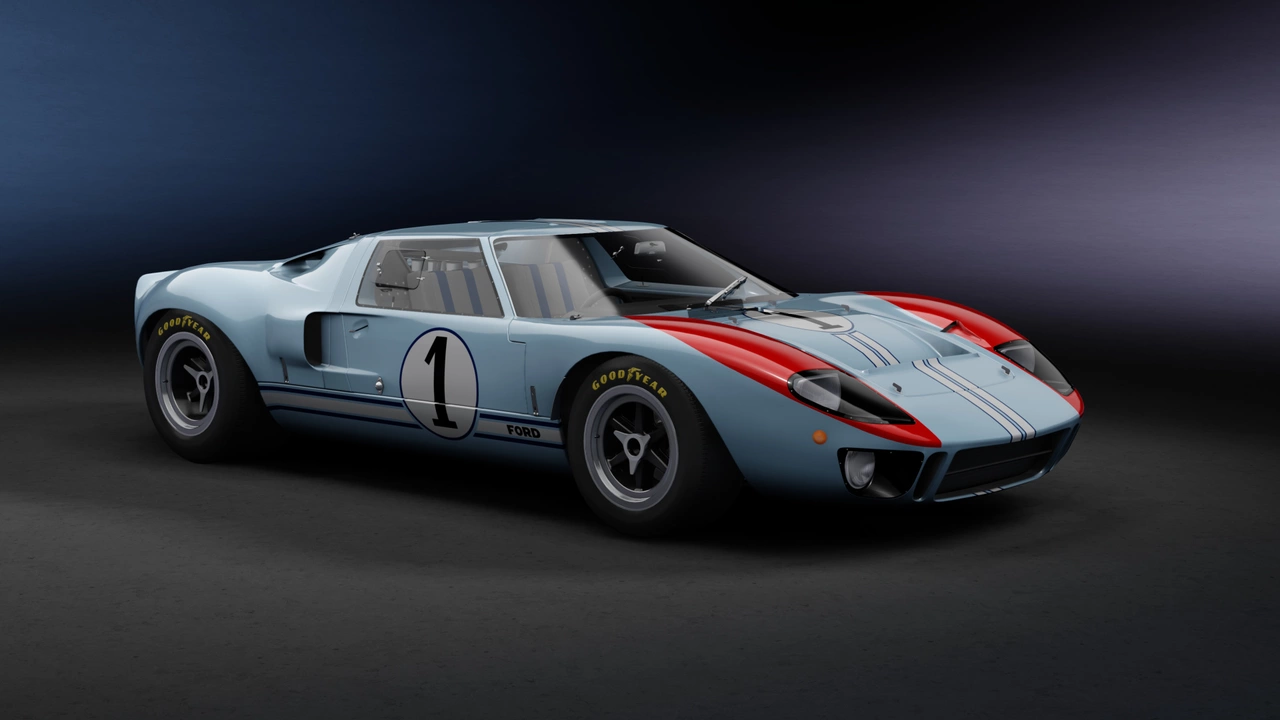Le Mans Racing: What Makes the 24‑Hour Epic So Unmissable
Ever wonder why a race that lasts a whole day still draws crowds worldwide? Le Mans isn’t just a marathon of speed; it’s a test of engineering, stamina and strategy. From the roaring V12s of the 1960s to today’s hybrid monsters, every decade adds a new layer of drama.
First up, the basics: the race runs on a 13.6‑kilometre circuit that mixes long straights with tight twists. Teams of three drivers swap in shifts, keeping the car moving while each driver rests. That’s why pit stops become a chess game—quick tyre changes, fuel loads, and driver swaps can win or lose minutes that matter a lot.
Why Le Mans Matters to Every Motorsport Fan
Le Mans is the gold standard for endurance racing. While a Formula 1 lap is about two minutes, here you’re fighting for 24 straight hours. That puts stress on every part of the car: brakes overheat, engines stretch beyond their usual limits, and even the weather can flip the race on its head. Because of that, manufacturers use the event to prove their tech works under the toughest conditions. A win here often translates into showroom credibility.
Another big draw is the sheer variety of cars. You’ll see sleek prototypes built solely for the race, plus GT‑class machines that look like the sports cars you can buy. This mix creates battles on multiple levels—speed, reliability and driver skill all collide on the same track.
And let’s not forget the legends. Names like Jacky Ickx, Tom Kristensen and the Porsche 917 have become part of racing lore because they conquered the unforgiving circuit. Their stories give the race a mythic feel that keeps fans coming back each year.
How to Follow the 24‑Hour Race Like a Pro
Want to watch the race without missing the crucial moments? Start by checking the schedule: the night hours usually bring the most drama as fatigue sets in. Most broadcasters break the live feed into segments—look for the ‘Night Race’ highlight reel if you can’t stay up all night.
Social media is a goldmine, too. Follow the official Le Mans accounts and the teams you like. Live timing screens updated every second show who’s leading in each class, and fans often share quick video clips of overtakes or pit stop fireworks.
If you’re new to the sport, focus on one class first. The Hypercar (formerly LMP1) class showcases the fastest machines, while the GTE class gives you close‑quarter battles that are easier to follow. Pick a favorite driver or brand, and track their stint times—this makes the long race feel more personal.
Finally, consider a post‑race recap podcast. Many experts break down the key strategies, what worked, what didn’t, and how the weather influenced decisions. Listening after the race helps you understand the finer points you might have missed while watching live.
Bottom line: Le Mans isn’t just a race; it’s a weekend of engineering marvels, driver guts and unpredictable drama. Whether you’re a casual fan or a hardcore enthusiast, there’s always something new to learn and enjoy. So set your alarm, grab some snacks, and experience the roar of the 24‑hour showdown.
Despite his exceptional driving skills, Ken Miles didn't clinch the top spot at Le Mans in 1966 due to a controversial decision by Ford. The company wanted a photo-finish with their three cars crossing the line together. Even though Miles was ahead, he slowed down to join the formation, leading to Bruce McLaren being declared the winner due to starting further back. This decision has been debated for years, as many believe Miles deserved the first place. It's a poignant reminder of how corporate decisions can impact individual achievements in sports.



